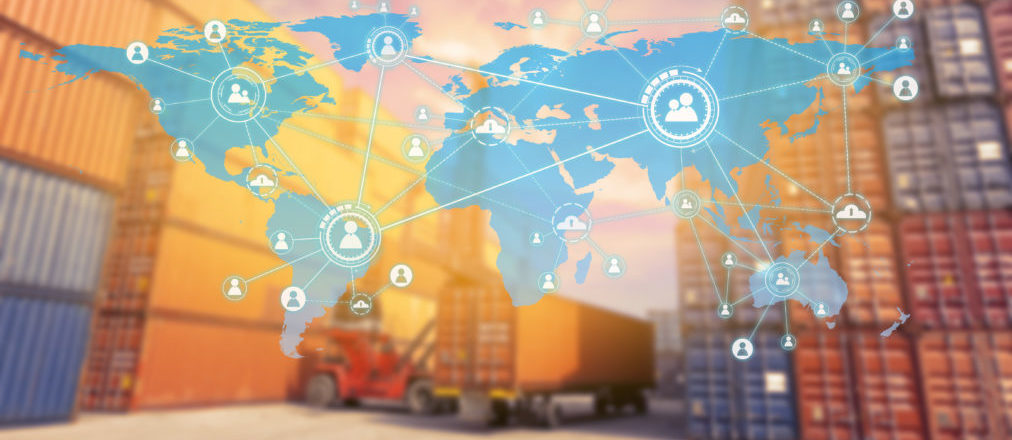Supply chain today, is a vital part of most businesses. If not for all, it is majorly important for producers, vendors, warehouses, transportation companies, distribution centers, and retailers, all of whom run their businesses with the purpose to ensure timely delivery of products and services to consumers. And while running their business smoothly depends on various factors, even the slightest hitch in their supply chain management could ruin it all.

SCM encompasses a huge range of activities that require attention to details, which is where Supplymint can help you. This requirement for the attention to detail in SCM has given rise to new features like robotics, IoT, blockchain, etc… which make the supply chain faster and least prone to disruptions. Thus, more reliable. This is why it has become extremely important for most businesses to keep up with the latest supply chain trends.
Today, we’ll present to you the top 5 supply chain technology trends in 2021 that will help your business emerge for the better.
Agility
While a business has to be agile in terms of climate events, new tariffs, and global trade issues, etc…, it is also equally important for them to be agile with the supply chain. An agile SCM can help companies in navigating through scarcity and disruptions.
Sustainability
Over the years, consumers have constantly been growing towards environmental responsibility. This has made them look out for sustainability credibility in fashion products as well, as also reported by McKinsey long back in their research for ‘The State of Fashion 2018’.

SCM has already taken its initial step towards the advancement of green logistics and more companies will adopt green logistics to reduce their carbon footprints. Let us also be the one to tell you this that sustainability in SCM will not only be cost-effective for your company but will also promote your goodwill and increase your customer loyalty, which you know will always count to be the most important.
Blockchain
Since blockchain is said to be a strong solution for traceability, supply chain technology trends would be incomplete without it. Blockchain technology has the potential to improve supply chain visibility for more efficient management. Not just that, blockchain’s decentralization methodology also helps in improving data security, which only gets better when it comes to minimizing disruptions and improving customer service.
Omnichannel
Omnichannel is the solution for seamless shopping experiences for customers. It empowers a multichannel approach to sales where a customer can find it easy to shop online as well as in a brick-and-mortar store. A major challenge for a retailer in such a case is an always-available inventory. But, there’s a solution for that as well – Omnichannel logistics operations.

An omnichannel logistics operation will empower your business to quickly provide services to customers by tying together inventory, distribution, and transportation across all the channels of your sales like in-store, social media, e-commerce portals, etc…
SCaaS (Supply Chain as a Service)
It’s true that a majority of businesses handle their supply chain activities in the house. But, the SCaaS business model is absolutely on the rise. Companies have already begun outsourcing for activities like inventory management, logistics, & packing, and there is no doubt that AI, ML, and IoT technologies are enabling supply chains to automate and simplify complex operations further. SCaaS will also benefit your organizations with transparency, elastic logistics, and extensive adoption of IoT, big data, AI, & ML, which might rarely be introduced in your company in the house. And even if your company plans for it, the cost will be hefty.
There is no better time for your company to reduce costs and simultaneously improve customer service by simply partnering or building integrations with Supplymint which is the most valuable partner in a company’s journey towards supply chain evolution.
For more trends and updates, connect with us on Facebook, Twitter, and LinkedIn.